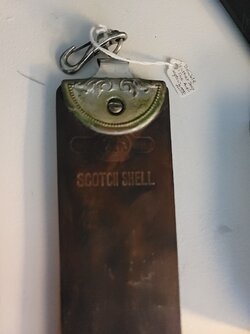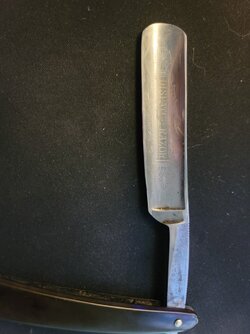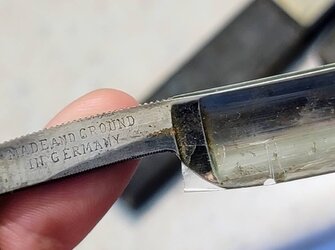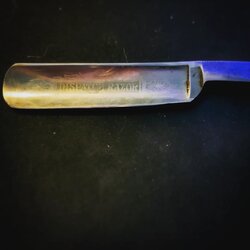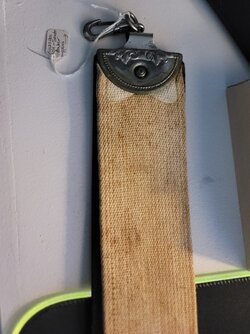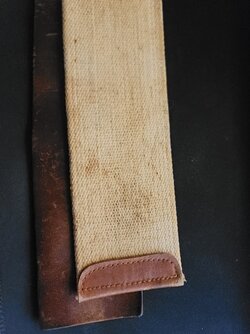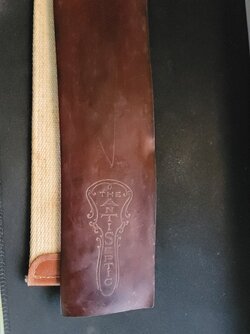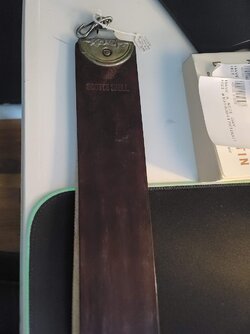I was visiting my parents in Nova Scotia and there was an antique shop super close to their house so I had a look and found this gem.
Antique Scotch Shell (The Antiseptic) strop! Does anyone have any information on where it might have come from? or who produced them?
I also picked up a dispatch razor, sadly with a chip in the blade, I have since honed out the chip, but it is still barely visible where it lived, so she'll need another hone then need to do a triangle progression on my stones and test that beautiful razor out.
Antique Scotch Shell (The Antiseptic) strop! Does anyone have any information on where it might have come from? or who produced them?
I also picked up a dispatch razor, sadly with a chip in the blade, I have since honed out the chip, but it is still barely visible where it lived, so she'll need another hone then need to do a triangle progression on my stones and test that beautiful razor out.
